Spectrum SMTP Settings
Without initially establishing your Spectrum SMTP settings, which are provided below, you will not be able to use the outbound mail services offered by Spectrum effectively.
| Option | Description |
|---|---|
| SMTP Host: |
|
| SMTP Port: |
|
| SMTP Username: | Your full email address (name@domain.com) |
| SMTP Password: | Your mail account password |
Spectrum Email Server Settings For Receiving Emails
You must enter both your incoming and outgoing mail servers to receive emails. Additionally, the following settings get used:
Spectrum POP Email Settings
| Option | Description |
|---|---|
| POP3 Host: | pop.charter.net |
| POP3 Port: | 110 |
| Requires SSL: | SSL/TLS |
| POP3 Username: | Your full email address (name@domain.com) |
| POP3 Password: | Your mail account password |
Spectrum IMAP Settings
| Option | Description |
|---|---|
| IMAP Host: | mobile.charter.net |
| IMAP Port: | 993 |
| Requires SSL: | Yes |
| IMAP Username: | Your full email address (name@domain.com) |
| IMAP Password: | Your mail account password |
Spectrum (RoadRunner): Modern Cleanup for a Legacy Mailbox
If you're using Spectrum (formerly RoadRunner), chances are your inbox has built up years of unread or irrelevant messages. Clean Email’s Cleaning Suggestions clears them in a few taps, giving you instant inbox relief.
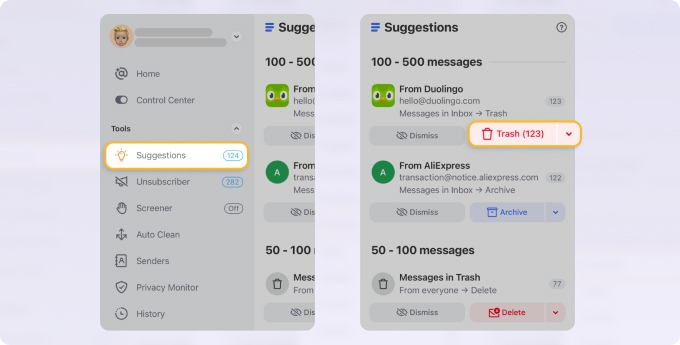
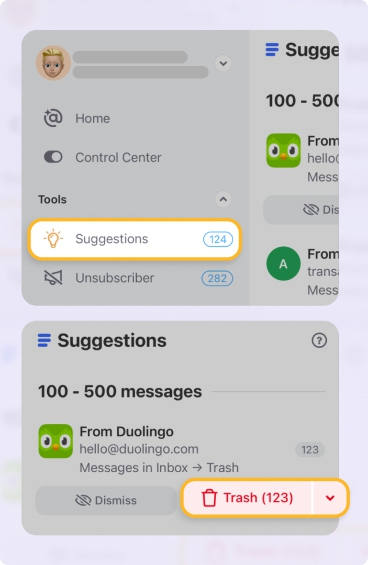
Use Filtering Tools to find and delete large emails or those older than a specific year. And if you're still getting spam, turn on Screener to block unknown senders automatically.
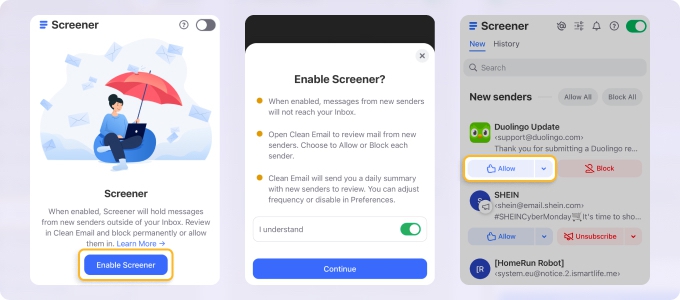

Unsubscriber helps you unsubscribe from outdated lists that may have followed you through multiple ISP transitions.
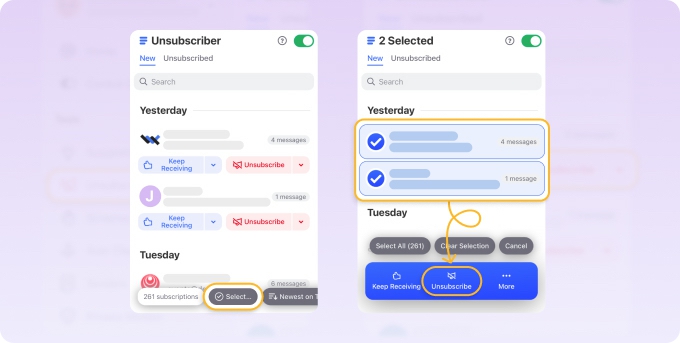
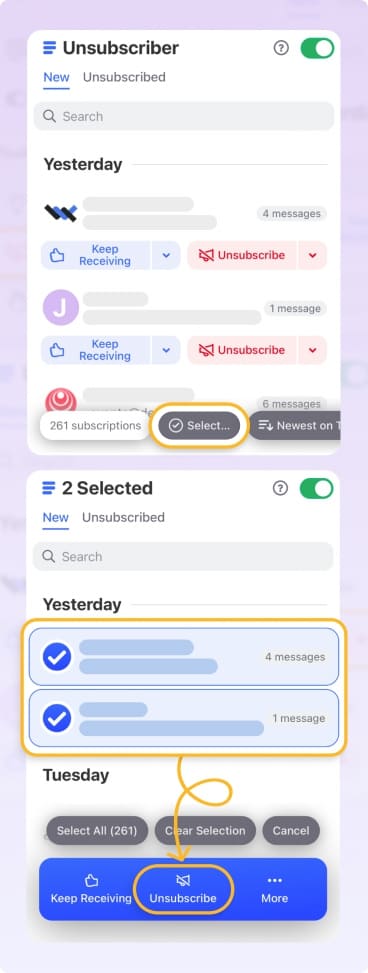
Clean Email brings Spectrum users a fresh inbox experience—modern tools, less clutter, and a cleaner inbox in just minutes.
Additional Notes to Remember
Under the name Charter Spectrum webmail, Cable Communication manages the mail services.
To access your Spectrum mail account, TWC Mail, or Roadrunner Mail, go to webmail.spectrum.net and log in using the new name, Spectrum Webmail login.
💡 Note: Not all browsers are compatible with the Spectrum mail system. Spectrum sending emails using antiquated technology is one of the causes of this problem. You can resolve this issue by upgrading the browser or using a later version.
Having problems using Spectrum email on an Android device is common. Choose a manual setup of your mail account using the IMAP settings described in this article to fix the problem.
Looking for Charter mail settings or Currently.com mail settings? Our Blog's Email Settings category contains specs for all major mail service providers.
IMAP or POP3: What Is The Difference?
You must choose between setting up a mail address as POP3 or IMAP when configuring it in a client application. You may connect to the mail server to read your emails using an email client. The most popular standard protocols for retrieving emails are IMAP and POP3. Nearly all mail clients and servers in use today support these protocols.
Email clients may retrieve emails from mail servers using the Internet Message Access Protocol (IMAP), a standard Internet protocol. The specification that describes IMAP is RFC 3501.
Clients often keep messages on the server until the user explicitly deletes them since IMAP was designed to allow many email clients to manage a mailbox at once. An IMAP server typically uses port number 143. IMAP receives port number 993 through SSL/TLS.
IMAP is intended to aggregate messages from several mail servers into the user's inbox. A common illustration is a business client who manages many corporate accounts using a local mailbox on her workstation.
Email clients utilize POP3 (or Post Office Protocol Version 3), an application layer protocol, to get an email from mail servers across a TCP/IP network. Computer experts made POP to transfer messages from a server to a local disk, but version 3 now offers the option of leaving a copy on the server.
💡 Note: POP3 is a highly easy-to-implement protocol. However, this restricts its use. For instance, POP3 only allows for the benefit of one mail server per mailbox. Thanks to current protocols like IMAP, it is currently no longer used.
IMAP is preferable if you intend to access your emails from various gadgets, such as a work computer and a smartphone. If you have one device and many emails, POP3 performs better. It is also preferable if you need to view your emails offline due to a bad internet connection.
Please let us know, and we’ll fix them immediately.
Spectrum Email Settings - FAQs:
Why am I not getting my Spectrum emails?
Check filters and storage limits. Clean Email can help you find missed emails.
Why are Spectrum messages not showing up?
You may have outdated client settings. Use Clean Email to isolate and locate recent messages.
What is the SMTP server for Spectrum?
Typically it's mail.twc.com or mail.spectrum.net depending on your location.
Spectrum not sending emails—how to fix?
Ensure the correct SMTP port (587) is used with proper authentication.
What is the incoming mail server for Spectrum?
IMAP server: mail.spectrum.net, Port 993 (SSL).
What are the IMAP settings for Spectrum?
IMAP server: mail.spectrum.net, Port 993, SSL enabled.
Where do I update Spectrum mail settings?
In your mail app settings or webmail preferences.
What is the POP server for Spectrum?
POP server: mail.spectrum.net, Port 995 with SSL.
Cannot send message using the server Spectrum—why?
Check port, authentication, and spam rules. Use Clean Email to test cleaner mail flow.
Is Spectrum IMAP or POP3?
Supports both—IMAP is preferred for multiple devices.